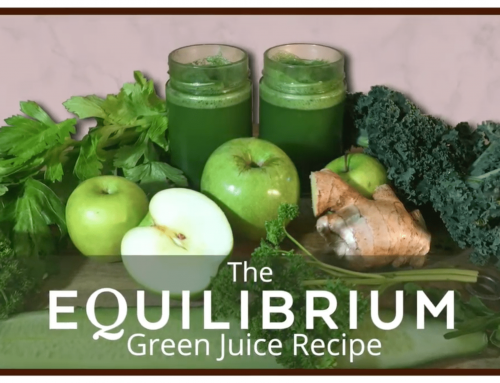One thing i am very mindful is how people who are trying very hard to be healthy and chose healthy foods, are often exploited by compelling advertising and misleading food labels. I was reminded of this issue, when I read Dr. Mark Hyman’s excellent post on this very topic. I’ll let Mark tell the story:
‘On a recent plane ride to a medical conference, I started a conversation with the man sitting next to me to pass the time. I told him that I was a physician working in the area of nutrition.
He exclaimed that the new low-carb craze was a boon for business. I assumed he was in the food business — but I was wrong.
When I asked him what he did for a living, he replied that he worked in the wood pulp industry.
So what’s the connection between wood pulp and low carbs?
As it turns out, cellulose — an indigestible fiber starch — is one of the main ingredients in processed low-carb foods.
And what’s another name for cellulose?
Sawdust!
Yes, cellulose gives us those low net carbs that food manufacturers like to cite on labels.
The bad news: Cellulose provides no nutrition — and maybe even a lot of gas. Termites can digest wood, but humans can’t!
This is just one example of how the food industry uses slick marketing techniques to confuse, coerce, and bamboozle you into thinking that you’re doing something good for yourself by buying their new “health food” products that are simply slightly modified junk foods.’
Whilst that all sounds very alarming and, if you read the full post, Mark also highlights the problem with misleading food label, highlighting the real need to know what you’re eating, and to eat natural, unprocessed, organic, whole foods as far as possible – with this philosophy, you can’t go too wrong.
Unfortunately this isn’t always possible and so it’s really important to educate yourself on what labels mean and Mark’s guidelines provide a very useful and practical resource:
‘Labels contain both the ingredients and specific (but not all) nutrition information. If the label lists any ingredients that you don’t recognize, you should likely stay away from it.
Follow these tips, too:
1) Don’t be duped by marketing.
Remember, the front of the label is food marketing at its most clever. It is designed to seduce you into an emotional purchase and may contain exaggerated claims.
2) Look for quality ingredients.
High-quality organic whole foods are now available in packages, cans, and boxes.
3) Check the order of ingredients.
The most abundant ingredient is listed first and then the others are listed in descending order by weight. If the real food is at the end of the list and sugars or salt are at the beginning of the list, beware.
4) Consider what’s NOT on the label.
Foods that are exempt from labels include foods in very small packages, foods prepared in the store, and foods made by small manufacturers.
5) Look for additives or problem ingredients.
If the product contains high-fructose corn syrup or hydrogenated or partially hydrogenated oils, put it back on the shelf.
6) Look for ingredients that don’t agree with you.
Identify food ingredients you are sensitive or react to, such as gluten, eggs, dairy, soy, tree nuts, or peanuts. Be vigilant about reading labels, as these ingredients are often “hidden” in the foods you least suspect. The labeling of common allergens is not always clear or helpful.
7) Investigate unfamiliar ingredients.
Search the Internet to find credible sources of information about any unfamiliar ingredients on the label before you buy. These include such as carmine, Quorn, and diacylglycerol. Credible Internet sources tend to be government or educational sites, which end in “.gov” or “.edu” rather than “.com.”
8) Discover if any “functional-food ingredients” are being added to the food product.
Though they may be helpful, more often than not, they are “window dressing” present in small amounts, and with minimal value — except to the marketing department of the manufacturer. Examples of this include live active cultures added to high-sugar, high-fat yogurt or vitamins and minerals added to gumballs!
In other words, it’s best to get healthful, functional-food ingredients from their whole-food sources, rather than as additives to otherwise nutritionally empty foods.








